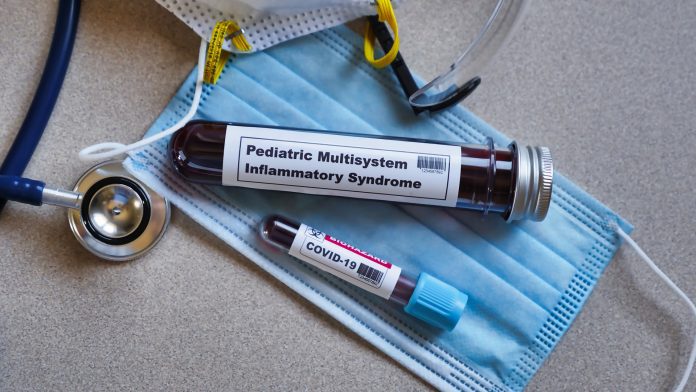
An international team of researchers has identified a new mechanism behind multisystem inflammatory syndrome in children (MIS-C) that potentially reveals why the condition occurs in those who have had COVID-19.
Pioneered by experts from the Columbia University Vagelos College of Physicians and Surgeons, the novel study has identified unique features of MIS in children, a complication of COVID-19 that is rare but can be deadly, with the research providing new insights into was causes the syndrome.
Mark Gorelik, the leader of the study and an assistant professor of paediatrics, commented: “One of the major unanswered questions about MIS-C is how, immunologically, the disease evolves from the initial infectious episode to the final, immune-mediated assault. One way to study this could be to identify what is unique about the inflammatory/immunologic response in MIS-C.”
The findings of the study are published in the March issue of the Journal of Allergy and Clinical Immunology.
Analysing what causes MIS in children
Despite a range of earlier studies examining MIS-C patients’ immune and inflammatory responses, they have mainly investigated patients after they have started treatment, comparing results to healthy controls.
“To us, comparisons to healthy controls would not differentiate the basic inflammatory response to infection from the unique features of MIS-C, and, of course, treatment would muddy the waters,” says Gorelik.
To build a more comprehensive analysis, the researchers compared eight MIS-C patients with 14 individuals who had different febrile infections. The team employed immune cells and responses obtained from patients when they first attended the emergency department before they started to receive treatment. A clue to what causes MIS in children may be located in the various immune cells found in MIS-C patients compared with other patients.
Robert Winchester, MD, professor of medicine, pathology & cell biology, and paediatrics, said: “Only some cells were activated, which suggests that these cells are mistakenly directing the immune system to attack blood vessels in the body that had been damaged by the virus. These cells are drawn to the blood vessels because of the presence of the virus, but they appear to misidentify the culprit when they alert the rest of the immune system.”
Moreover, MIS in children also drives their natural killer cells – another type of immune cell – to exhaustion.
“They get to the point where they are no longer able to carry out their function properly,” Winchester added. “This is seen in some other inflammatory diseases and may offer a clue to treatment similar to those diseases.”
Enhancing MIS-C diagnostics
In addition, the researchers possibly ascertained a more rapid and efficient way of diagnosing MIS in children, which can be challenging to distinguish from other syndromes. They found that an inflammatory molecule known as interleukin-27 was significantly upregulated in patients with MIS-C but not in other febrile children.
Gorelik said: “This cytokine is poorly understood but has been associated with increased mortality in patients with serious blood infection or sepsis. If validated, these findings may allow researchers to run a simple, easily available test to readily confirm MIS-C in patients when they are in the emergency department.”
Finally, the team suggested that MIS in children and adult COVID-19 infection may be more similar than current research outlines.
“We noticed that several of our findings have also been reported in studies of adult patients with severe, late-stage COVID-19 infection. Perhaps—and this is highly speculative—what is unique to children is the ability to handle the initial viral infection more efficiently, and then a month or so later, they develop MIS-C. In contrast, adults are not able to suppress the initial viral infection. And then secondarily, in severe cases, a serious MIS-C-like immune response develops. In both adults and children, however, this second phase immune signature appears quite similar,” concluded Gorelik.








